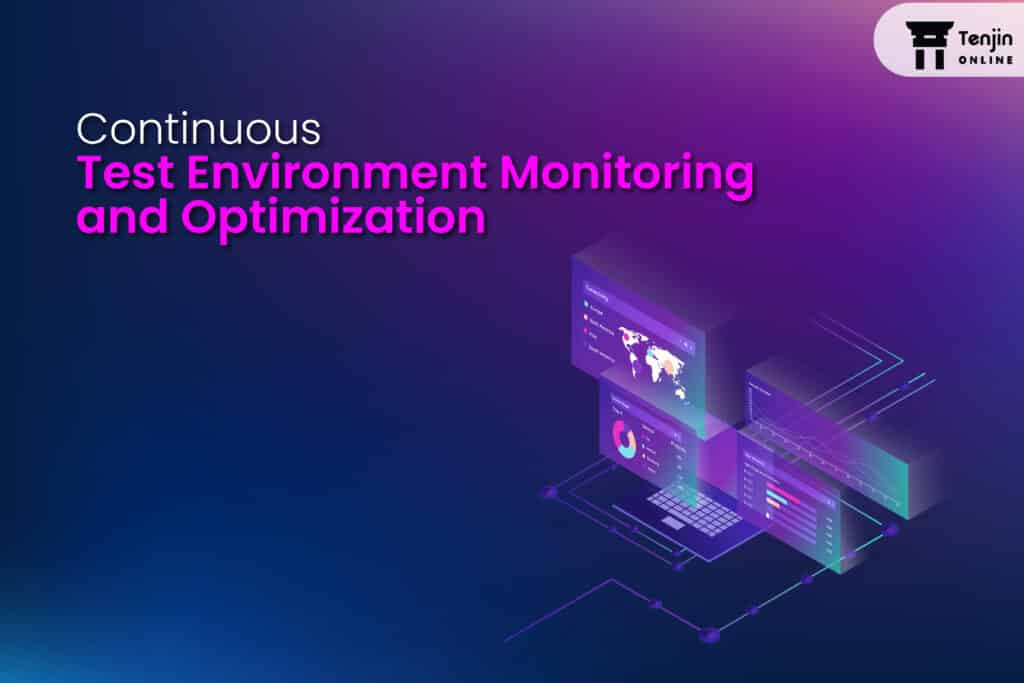
What is Exploratory Testing?
Exploratory testing is an approach of software testing where the tester actively explores the application while testing it, rather than following a predetermined script or set of test cases. This approach allows the testers to find defects and issues that may not have been identified through traditional, script-based testing methods. It is useful in finding defects that may not have been identified by traditional methods, hence, ensuring that applications are thoroughly and effectively tested before release.
Exploratory testing can be an effective approach to software testing, particularly when used in conjunction with other testing methods. By combining the flexibility and speed of exploratory testing with the rigor and reproducibility of script-based testing, organizations can ensure that their applications are thoroughly and effectively tested before they are released to the public. Let us understand the benefits of implementing exploratory testing and how it can improve the quality of software applications.
Why Implement Exploratory Testing?
Exploratory testing is a different approach from traditional testing methods, in which the tester follows a predefined set of test cases and expected outcomes. Here are some of the benefits of exploratory testing:
- One of the key benefits of exploratory testing is its flexibility. Unlike script-based testing, which follows a set of predetermined steps, exploratory testing allows the tester to take a more ad-hoc approach, exploring different parts of the application and testing it in different ways. This can lead to a deeper understanding of the application and the ability to find defects that may have been missed by more rigid testing methods.
- Another benefit of exploratory testing is that it can be done quickly. Unlike script-based testing, which can be time-consuming and requires a significant amount of planning and preparation, exploratory testing can be done on the fly, without needing to create a detailed test plan.
- Exploratory testing discovers new features and functionality that may not have been included in the original design. This can lead to more efficient and effective use of the system, as well as new opportunities for innovation.
- Exploratory testing can be a more efficient method of testing when compared to traditional methods. This is because it does not require the development of a large set of test cases and test scripts, which can be time-consuming and costly. Instead, the tester can focus on exploring the system and finding defects as they arise.
- Exploratory testing allows real-time feedback. As the tester explores the application, they can immediately report any defects they find and provide feedback on how to improve the system. This helps to ensure that defects are identified and addressed as quickly as possible, reducing the risk of them causing problems for users later on.
- Exploratory testing allows the tester to think creatively and find defects that may not have been uncovered through traditional testing methods. This is because exploratory testing is not constrained by a predefined set of test cases and expected outcomes, which can lead to a more thorough examination of the system.
When to Use Exploratory Testing?
As explained above, exploratory testing is a method of testing software where the tester actively investigates the application under test while simultaneously executing test cases. This approach allows for flexibility in the testing process and can uncover unexpected bugs and issues.
Exploratory testing can be used in the following situations:
- Early in the development cycle: Exploratory testing can be used to quickly gather information about the application and identify potential areas of risk. This can help inform the development of a more comprehensive test plan later on.
- When testing new or unfamiliar applications: Exploratory testing can be used to gain a better understanding of the application and identify potential issues. This can be particularly useful when testing new or unfamiliar applications that have not been thoroughly documented.
- When testing for usability: Exploratory testing can be used to identify usability issues and gather feedback from users. This can be particularly useful when testing applications that will be used by a wide range of users with different skill levels and needs.
- When testing for compatibility: Exploratory testing can be used to identify compatibility issues between the application and different hardware or software configurations. This can be particularly useful when testing applications that will be used in a wide range of environments.
- When testing for performance: Exploratory testing can be used to identify performance issues and gather performance metrics. This can be particularly useful when testing applications that will be used in high-load or real-time environments.
It’s important to note that exploratory testing should not be the only method used for testing an application. It should be used in conjunction with other testing methods such as functional testing, regression testing, and unit testing to provide a comprehensive view of the application’s quality.
Difference Between Scripted Testing and Exploratory Testing
| Scripted Testing | Exploratory Testing |
| Scripted testing involves a pre-determined set of steps or a script, that is followed to test a specific feature or functionality of a software application. | Exploratory testing is an unscripted approach where the tester is free to explore the software and discover new and unexpected behavior. |
| Scripted testing is often used for regression testing. | Exploratory testing is often used for the initial testing of new software. |
| The goal of scripted testing is to ensure that changes made to the software do not break existing functionality. | The goal of exploratory testing is to uncover hidden bugs and issues. |
| Scripted testing is repeatable and can be automated. | Exploratory testing is more flexible and adaptable. |
| Scripted testing requires a good understanding of the software and the ability to write clear and concise test scripts. | Exploratory testing requires a more creative and analytical mindset, and the ability to think outside the box to discover new and unexpected behaviors. |
Both scripted and exploratory testing have their own advantages and disadvantages; In practice, a combination of both methods is often used to ensure that software is thoroughly tested, and any bugs or issues are identified and fixed.
Conclusion
Exploratory testing is a valuable method of software testing that can lead to a more thorough examination of the system, real-time feedback, the discovery of new features and functionality, and efficient testing. It is a technique that should be incorporated into the testing process to ensure that the software is as robust and reliable as possible.
In conclusion, exploratory testing is a powerful method of testing software that can uncover unexpected bugs and issues. It is particularly useful in the early stages of development when testing new or unfamiliar applications, and testing for usability, compatibility, and performance. It should be used in conjunction with other testing methods to provide a comprehensive view of the application’s quality.



Leave a Reply
You must be logged in to post a comment.